- Free shipping available on orders over £100 (UK) £250 (EU) and $300 rest of the world
WOW373 Junkers Ju.87 Stuka Tank Buster
£750.75
Out of stock
Description
Description
The Ju 87G was a specialized anti-tank version, fitted with two BK 3.7 (Flak 18) guns hung under the wings just outboard of the landing gears. This 37-mm-gun was a formidable weapon weighting over 363 kg (800 lb) and in wide service as ground-based Flak (anti-aircraft artillery) equipment.
With the G variant, the ageing airframe of the Ju 87 found new life as an anti-tank aircraft. This was the final operational version of the Stuka, and was deployed on the Eastern Front. The reverse in German military fortunes after 1943 and the appearance of huge numbers of well-armoured Soviet tanks caused Junkers to adapt the existing design to combat this new threat. The Henschel Hs 129B had proved a potent ground attack weapon, but its large fuel tanks made it vulnerable to enemy fire, prompting the RLM to say “that in the shortest possible time a replacement of the Hs 129 type must take place.”
With Soviet tanks the priority targets, the development of a further variant as a successor to the Ju 87D began in November 1942. On 3 November, Milch raised the question of replacing the Ju 87, or redesigning it altogether. It was decided to keep the design as it was, but the power-plant was upgraded to a Junkers Jumo 211J, and two 30 mm (1.2 in) cannons were added. The variant was also designed to carry a 1,000 kg (2,200 lb) free-fall bomb load. Furthermore, the armoured protection of the Ilyushin Il-2 Sturmovik was copied to protect the crew from ground fire now that the Ju 87 would be required to conduct low level attacks.
In April 1943 the first production Ju 87 G-1s were delivered to front line units. The two 37 mm (1.46 in) Bordkanone BK 3,7 cannons were mounted in under-wing gun pods, each loaded with two six-round magazines of armour-piercing tungsten carbide-cored ammunition. With these weapons, the Kanonenvogel (“cannon-bird”), as it was nicknamed, proved very successful in the hands of Stuka aces such as Rudel. The G-1 was converted from older D-series airframes, retaining the smaller wing, but without the dive brakes. The G-2 was similar to the G-1 except for use of the extended wing of the D-5. Around 208 G-2s were built and at least a further 22 more were converted from D-3 airframes. Only a handful of production G’s were committed in the Battle of Kursk. On the opening day of the offensive, Hans-Ulrich Rudel flew the only “official” Ju 87 G, although a significant number of Ju 87D variants were fitted with the 37 mm (1.46 in) cannon, and operated as unofficial Ju 87 G’s before the battle. In June 1943 the RLM ordered 20 x Ju 87G’s as production variants. The G-1 later influenced the design of the Fairchild Republic A-10 Thunderbolt II, with Hans Rudel’s book, Stuka Pilot, being required reading for all members of the A-10 project.
Our latest 1/30 scale version of the Stuka has the wheel spats removed, a common occurrence on the eastern front and is based on an aircraft operating with StG 1 Russia 1943.
The accessories and TG/K&C figures are not included and are shown for scale reference purposes only.
Reviews (0)
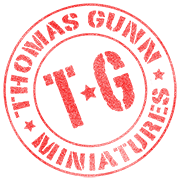







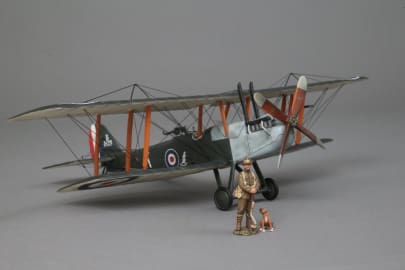
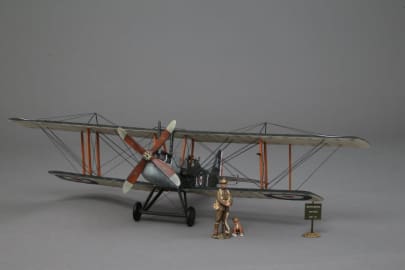
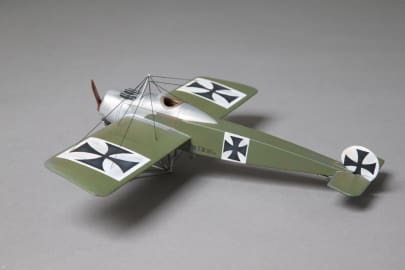
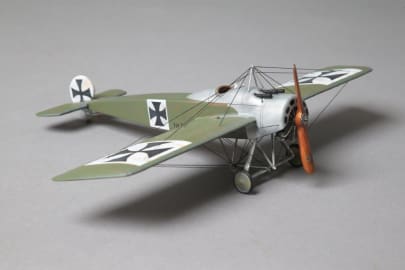
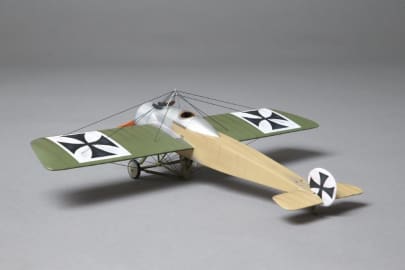
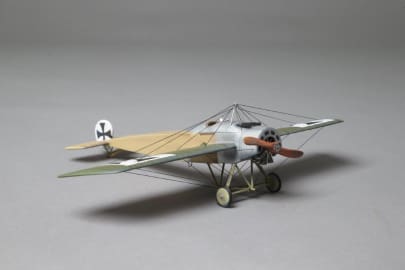
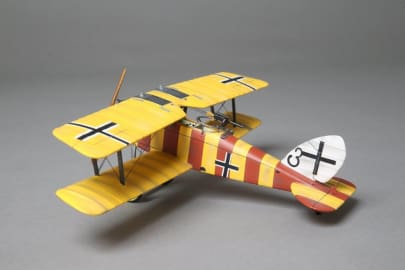
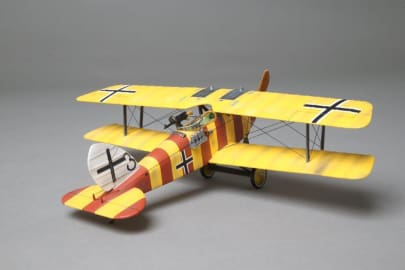
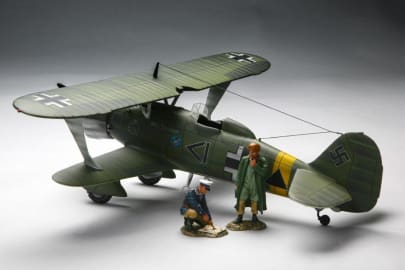
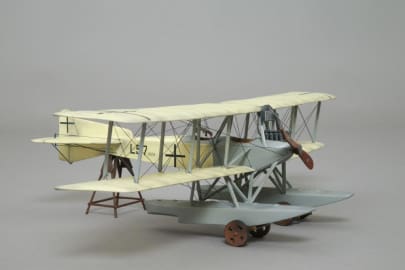
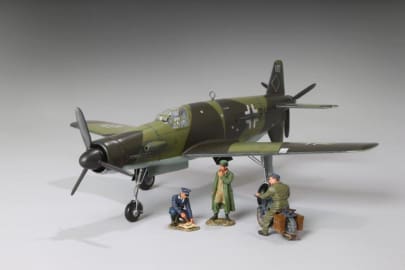
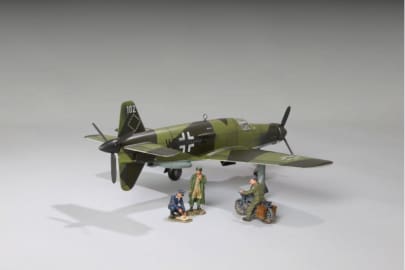
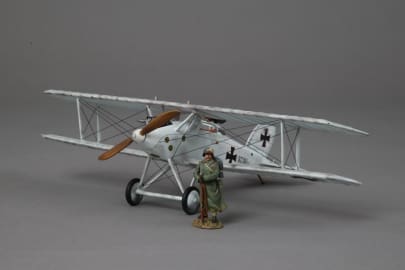
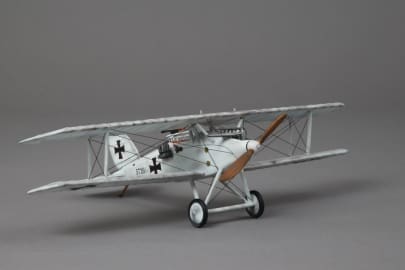
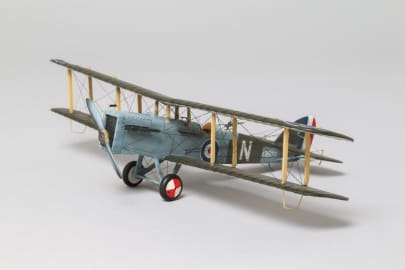
Reviews
There are no reviews yet.